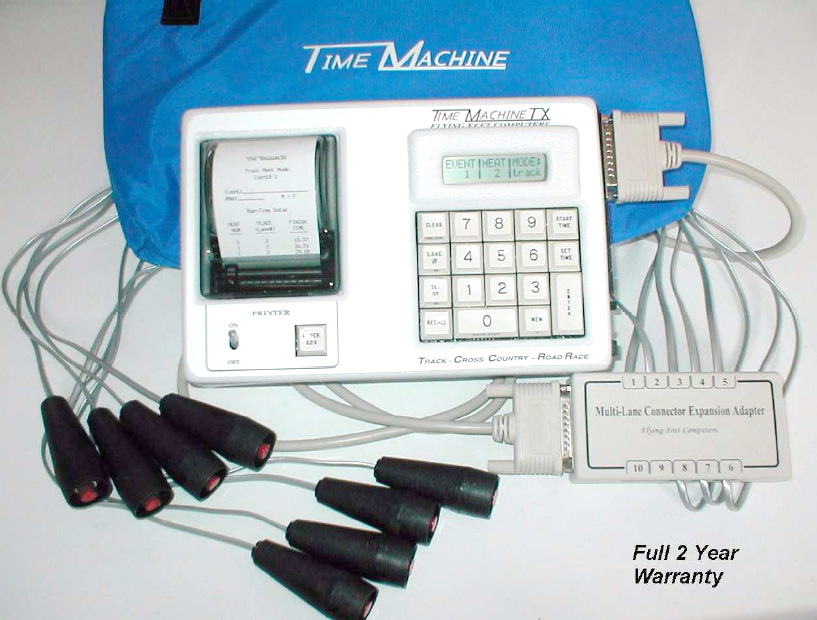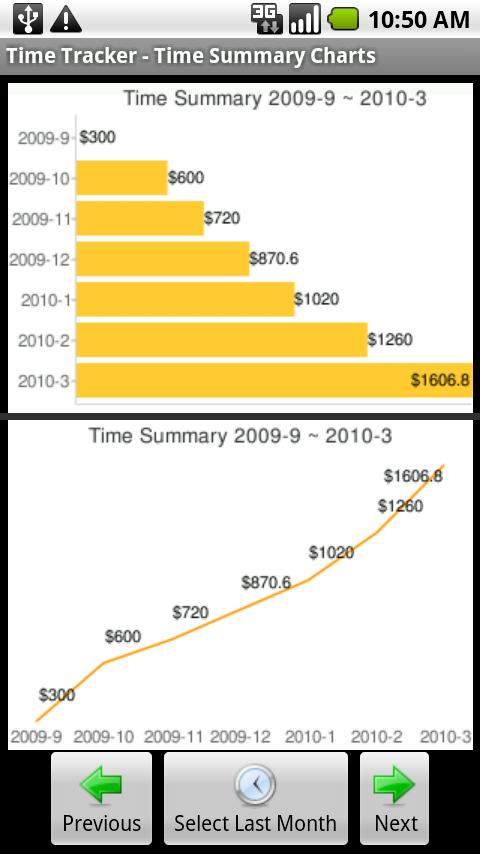

Now, if those files that you want to delete are only visible to root, then you should invoke "Enter Time Machine" as root as well. Launch Time Machine, select the item to be deleted, then choose "Delete from all backups" from the action menu in the Finder toolbar. Want to delete all instances of a file or folder previously backed up? Easy enough. To remove files from the backup (like if you happen to discover that Time Machine was actually backing up some huge files, such as a runaway MySQL log file), Apple writes: But if the reported total size is really a lot smaller than the actual totals used on your Mac, then it may help to run as root: sudo "$HOME/Downloads/Disk Inventory X.app/Contents/MacOS/Disk Inventory X" Note that this program will probably always report less total disk space in its window title than in its screen where one can select which disk to investigate (even when running as root and choosing menu View, Show Physical File Size). This program has nothing to do with Time Machine, but may help investigating problems, like when you wonder why your backup is a lot smaller than the space used on your hard disk. To easily find large files on your hard disk see Disk Inventory X. Likewise, for timedog: cd "/Volumes/Backup of XX/Backups.backupdb/XX" So, if the numbers don't match with the logs, then for TimeTracker: sudo ~/Downloads/TimeTracker.app/Contents/MacOS/TimeTracker In those cases both tools will (silently) report a lower total backup size and fewer files than the backupd logs in Console. When not doing that, these tools might for example not take the backups of MySQL logs and data into account, owned by _mysql in group wheel: cd "/Volumes/Backup of XX/Backups.backupdb/XX/Latest" Note that, even when running as an admin user, sometimes these programs need to be run as root to see all files. To see what has been written to the backup see TimeTracker (GUI) or timedog (command line). While actually copying the files, Time Machine then compares the changed directories on the hard disk with the backup, and finds that only 3.8 MB files were actually changed. As Time Machine relies on FSEvents which only reports changed directories, I assume that in the above example these directories held a total of 821.4 MB in files. Note that often the logs show figures that do not seem to match: No pre-backup thinning needed: 821.4 MB requested (including padding) Ĭopied 1630 files (3.8 MB) from volume Macintosh HD.Ībove, fewer files are actually copied than first predicted. This gives some other information than the backupd logs. Backup.log which can be found in the folder of each backup. Also note that there's another log on the backup disk itself, in the hidden file. To easily view the backupd log take a look at the Time Machine Buddy widget.

Additionally more information is logged to system.log by backupd (which will say why the preparing status is so long and such)

To compliment Commander Keen's answer I recommend reading an in depth look at Time Machine by Earthling Soft. Here is an answer from another forum (original poster unknown to me):


 0 kommentar(er)
0 kommentar(er)
